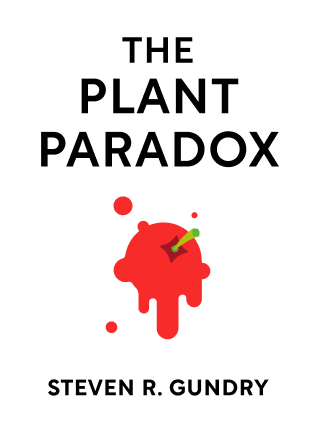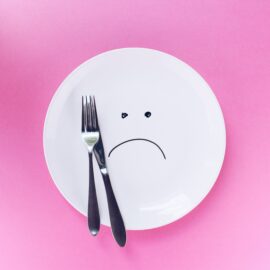

This article is an excerpt from the Shortform summary of "The Plant Paradox" by Steven R. Gundry. Shortform has the world's best summaries of books you should be reading.
Like this article? Sign up for a free trial here .
What is the Plant Paradox? Why should you pay attention to the theories behind the Plant Paradox Program?
The Plant Paradox is the seemingly contradictory idea that you need to eat lots of plants to be healthy but plants also have toxins that are bad for you. The solution is to eat the right kinds of foods.
If you want to know what is the Plant Paradox, read on to find out.
The Problem With Plants
What is the Plant Paradox? From keto to paleo, countless people are looking for solutions to their weight and health issues, trying diet after diet with no success, and wondering, “What am I doing wrong?”
Besides dropping a jean size, there are serious health consequences of your eating and exercise habits—including food intolerances, headaches, digestive issues, joint pain, autoimmune diseases, and diabetes. Meanwhile, our culture perpetuates healthy food myths, and, according to the author, many commonly blamed culprits (e.g. fast food, sugary drinks, and general laziness) are not the main problems.
It turns out that the smallest things can cause the biggest problems; lectins, a type of plant protein, are toxins that wreak havoc on your internal health, causing weight gain, inflammation, and other physical issues.
What Is the Plant Paradox?
The paradox of this program is that it calls for a largely plant-based diet, but hinges on eliminating certain kinds of plants. Fruits—including vegetables with lots of seeds (e.g. cucumbers, squash, tomatoes, and string beans) which are botanically fruits—are mostly off the table. Shellfish and egg yolks, on the other hand, are just fine.
Again, this program contradicts what most people think they know about which foods are good for you and which aren’t.
Lectins Are Toxins From Plants
About 450 million years ago, plants began growing and thriving on the planet—until, about 90 million years later, insects and other animals showed up and became plants’ predators.
Just as animals developed defenses against their predators (e.g. skunks spray their attackers and gazelles outrun many predators), plants developed their own methods of protecting their offspring—their seeds—to ensure their species carry on. These methods include:
- Colors that blend into the surroundings
- Unappetizing textures
- Sticky material such as resin or sap to trap insects
- Making the sand or soil around them clump to provide a barrier
- Attracting unappetizing grit
- Hard outer shells (e.g. coconuts) or spiky leaves (e.g. artichokes)
- Toxins—including lectins—that poison, paralyze, or disorient predators or make the plant difficult to digest
While lectins may be powerful enough to knock out bugs, humans have a size advantage—but that doesn’t mean we’re immune. Our massive number of cells simply means that you might not see the damaging effects until lectins have compounded for years.
Our ancestors might have gotten the hint that certain foods made them feel ill or prevented them from thriving, and thus stopped eating it. But in modern times, antacids and other medicines allow people to keep eating food that naturally makes them sick.

———End of Preview———
Like what you just read? Read the rest of the world's best summary of Steven R. Gundry's "The Plant Paradox" at Shortform .
Here's what you'll find in our full The Plant Paradox summary :
- Why eating more vegetables isn't enough, and why some vegetables are toxic to your body
- The science behind lectins and how they tear apart your body, making you fat and sick
- The 6-week program to get your body back on healthy grack






